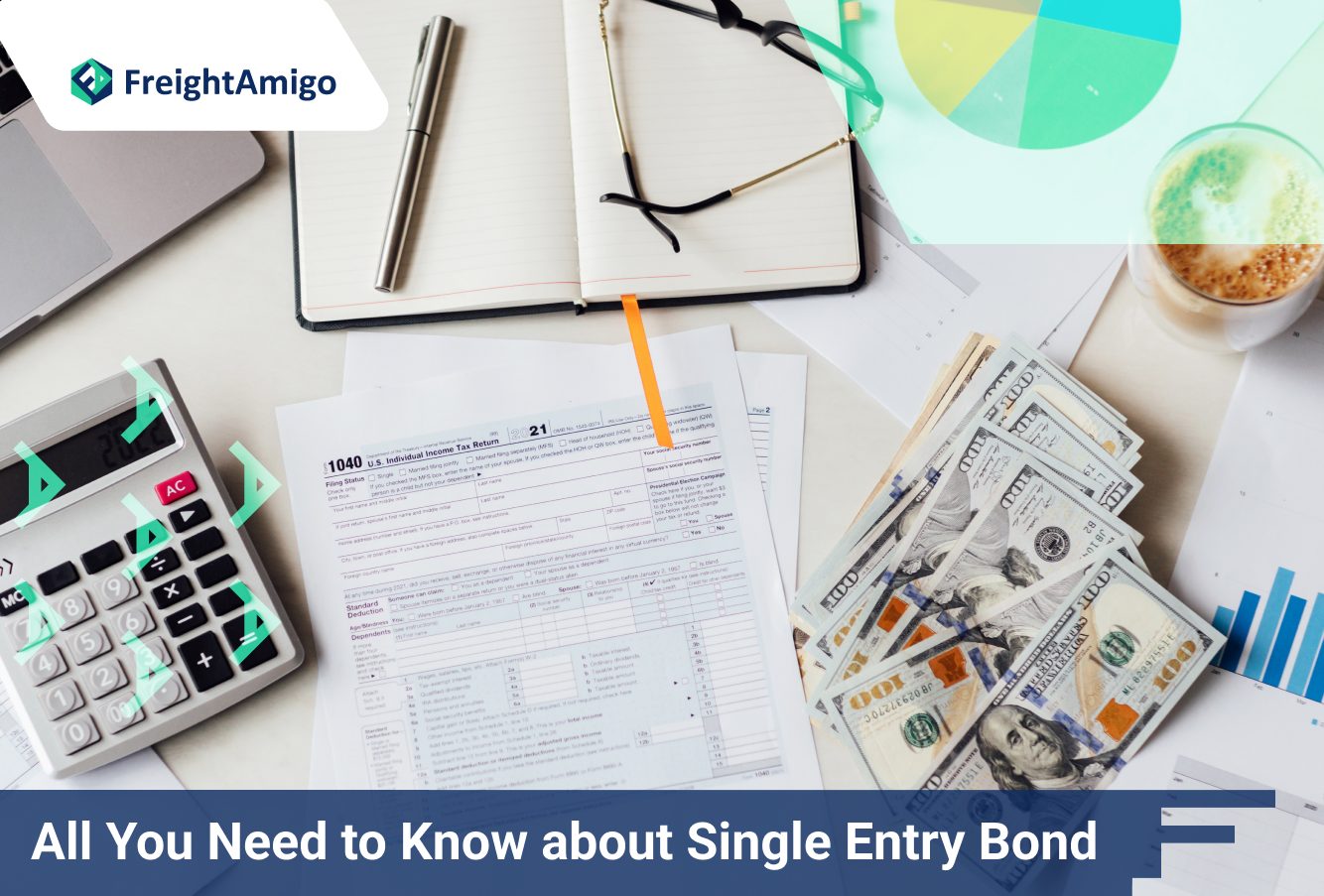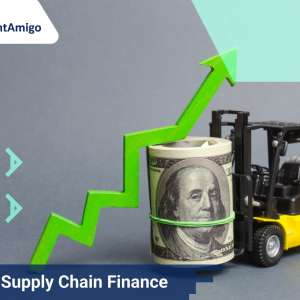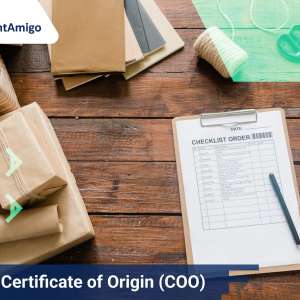All You Need to Know about Single Entry Bond
Latest update on 27 March, 2024 by Aiden Ng– Marketing Analyst at FreightAmigo
When it comes to international trade and customs regulations, there are various requirements that importers and exporters need to comply with. One such requirement is the need for a bond to secure the payment of duties and taxes to the customs authorities. Among the different types of bonds available, a single entry bond is a commonly used option. In this article, FreightAmigo will demystify these bonds and provide you with everything you need to know about them.
Want to compare the best Express, Air Freight, Sea Freight, Rail Freight & Trucking rates so as to have better control on cost?
What is a Single Entry Bond?
A single entry bond is a financial guarantee provided by an importer or exporter to the customs authorities to ensure payment of duties, taxes and other charges associated with a particular shipment. It is called a “single entry” bond because it covers only one transaction or entry. Once the duties and taxes have been paid, the bond is discharged and its obligations fulfilled.
When are Single entry bond needed?
Single entry bonds are required in a number of situations. For example, if an importer wishes to temporarily import goods for a particular event or exhibition, the bond is required to guarantee the payment of duties and taxes. Similarly, if an exporter wishes to export goods with a drawback claim, the bond is required to secure the refund of duties previously paid. In addition, the bond may be required for consignments of high value goods or goods subject to special regulations.
Advantages of single entry bond
There are several advantages to using a single entry bond. Firstly, it provides flexibility as it covers a specific transaction, allowing importers and exporters to avoid the costs associated with continuous bonds covering multiple transactions. Secondly, it provides a cost-effective option for companies that do not trade internationally frequently. Thirdly, it can be tailored to the specific needs of each transaction, providing a tailor-made solution. Finally, it helps importers and exporters comply with customs regulations and demonstrate their commitment to meeting their financial obligations.
Types of single entry bond
There are several types of Single entry bond available, depending on the specific requirements of the transaction. Some common types are
- Import Single Entry Bond: This bond is used to secure the payment of duties and taxes on imported goods.
- Temporary Import Bond: This bond is required when goods are temporarily imported into a country for a specific purpose, such as exhibition, testing or repair.
- Drawback Bond: This bond is used when goods are exported under a drawback claim to secure the refund of duties previously paid.
- ATA Carnet Bond: This bond is required when goods are temporarily exported for professional or commercial purposes and are to be returned to the country of origin.
How to buy the bond
Obtaining a Single Entry Bond is a relatively straightforward process. The first step is to contact a licensed customs broker or bond company. They will guide you through the application process and help you determine the specific type of bond you need. You will need to provide information about the transaction, such as the description and value of the goods, the country of origin and the intended use of the goods. Once the application is submitted and approved, you will need to pay a premium, which is usually a percentage of the bond amount. The bond is then issued and you can proceed with your import or export activities.
Single entry bond vs. Annual bond
It is important to understand the difference between a single entry bond and a annual bond. While a single entry bond covers a specific transaction, a annual bond covers all transactions within a year. Annual bonds are typically used by companies with frequent international trading activities. They offer convenience and cost savings by eliminating the need to obtain a bond for each individual transaction. However, they require a higher bond amount and may not be suitable for companies with infrequent or irregular trading activities.
Costs and pricing
The cost of the bond can vary depending on various factors such as the value of the goods, the country of origin and the type of bond required. The premium for the bond is usually calculated as a percentage of the bond amount, typically ranging from 1% to 15%. Some additional charges, such as processing or administration fees, may also apply. It is advisable to obtain quotes from different bond providers or customs brokers to compare prices and ensure you are getting the best deal.
Conclusion
In conclusion, Single entry bond are an essential tool for importers and exporters to comply with customs regulations and ensure payment of duties and taxes. They offer flexibility, cost effectiveness and customisation options, making them a popular choice for companies involved in international trade. By understanding the different types of the bond and how to obtain them, you can navigate the customs process with confidence. Whether you require a Temporary Import Bond, Import Single Entry Bond or any other type of Single Entry Bond, the full support of FreightAmigo will ensure a smooth and compliant transaction.
To ensure a smooth and compliant transaction, it is best to have full support of logistics experts! To find out more about Logistics Information Systems, please visit the FreightAmigo enquiry page.
If you have any inquiries on logistics/supply chain, feel free to contact FreightAmigo now:
Chat with us online | Hotline: +852 28121686 | WhatsApp: +852 27467829



